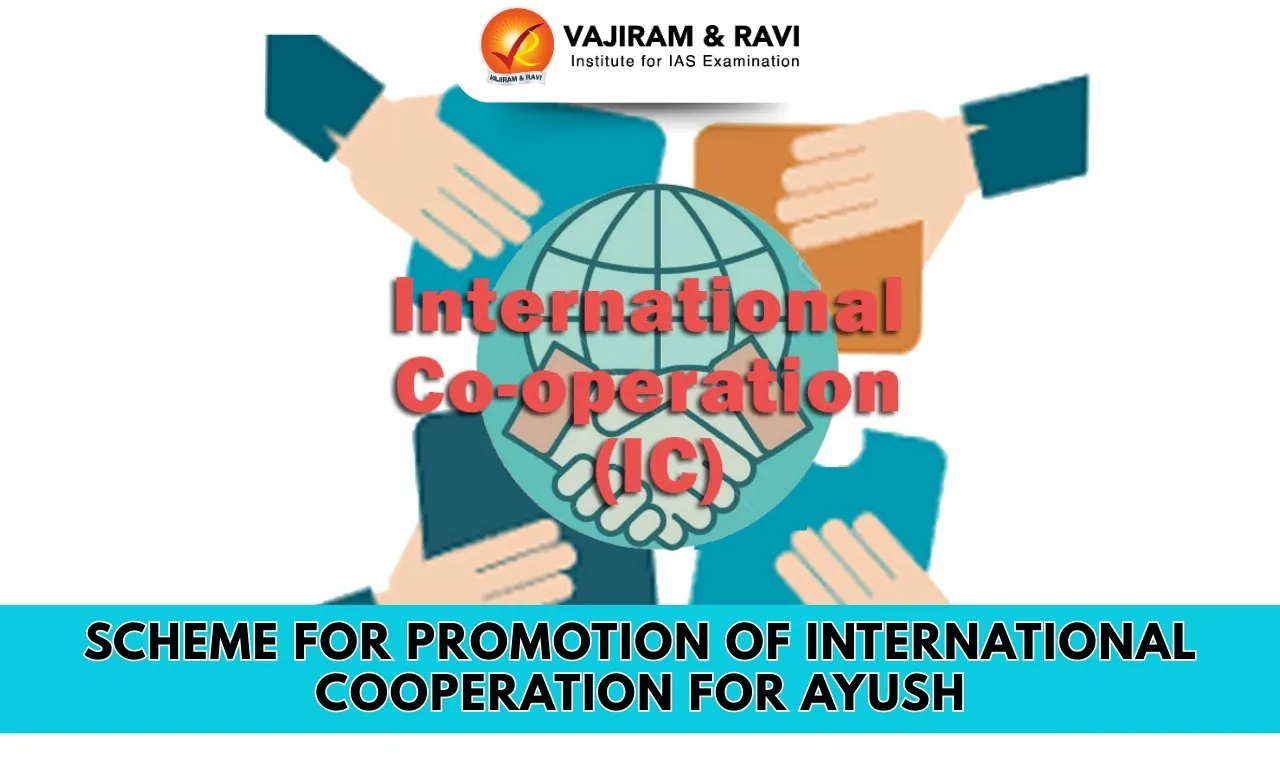About Finternet:
- It is multiple financial ecosystems interconnected with each other – much like the internet.
- It would lower barriers between different financial services and systems, drastically reducing the complex clearing and messaging chains and other frictions that hinder financial systems.
- Working: Finternet would be built on unified ledgers which will bring multiple financial markets such as tokenized assets, shares, bonds, real estate, on a single programmable platform.
- This has the capability to enable individuals and businesses to transfer any financial asset they like, in any amount, at any time, using any device, to anyone else, anywhere in the world. Financial transactions would be cheap, secure, and near-instantaneous.
- Advantages: Finternet will be user-centric, unified, which means it will cover all types of assets, with a universal infrastructure.
- Significance: This would reduce the complex processes that happen behind-the-scenes today and make transactions slower and expensive.
- Central banks would remain at the core of the system, ensuring trust in money, but (like today) work closely with commercial banks.
Q1: What is a Card-on-File transaction?
Card-on-File transaction is a transaction where cardholders authorizes merchants to store their payment information securely and bill cardholders’ stored accounts for future purchases.
Source: Nandan Nilekani gives a glimpse of the next decade of India’s ‘Finternet’
Last updated on December, 2025
→ Check out the latest UPSC Syllabus 2026 here.
→ Join Vajiram & Ravi’s Interview Guidance Programme for expert help to crack your final UPSC stage.
→ UPSC Mains Result 2025 is now out.
→ UPSC Notification 2026 is scheduled to be released on January 14, 2026.
→ UPSC Calendar 2026 is released on 15th May, 2025.
→ UPSC Prelims 2026 will be conducted on 24th May, 2026 & UPSC Mains 2026 will be conducted on 21st August 2026.
→ The UPSC Selection Process is of 3 stages-Prelims, Mains and Interview.
→ UPSC Result 2024 is released with latest UPSC Marksheet 2024. Check Now!
→ UPSC Toppers List 2024 is released now. Shakti Dubey is UPSC AIR 1 2024 Topper.
→ Also check Best IAS Coaching in Delhi

















